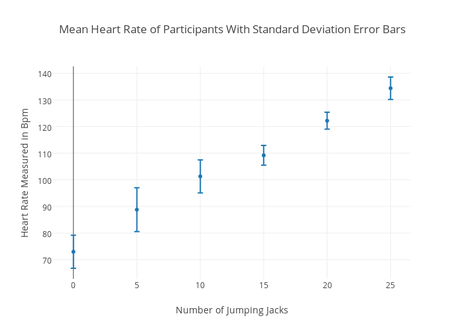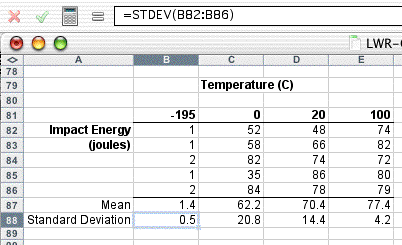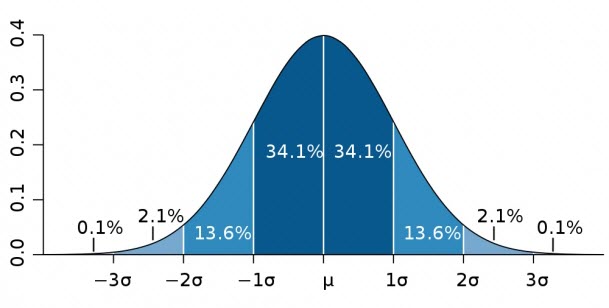

The standard deviation function STDEVA is rarely used since most datasets people use are filled with only numerical data. For example, the same STDEV.S formula used on a sample size of 200 schools returns 68.51656, which is even closer to the real standard deviation for the entire population of data. This is a good example of how much more accurate a picture you can get with a much larger sample size. You’ll see that the standard deviation for this smaller sample of data is 74.98135. Press Enter to finish entering the formula. Since the dataset containing the math scores is in the range from D2 through D461, just pick any cell where you want the standard deviation to go and type: In the following example, we’ll take a government dataset of SAT scores for New York schools and determine the standard deviation of math scores. You just need to provide the function with the entire dataset. Using standard deviation functions in Excel is fairly straightforward.
Mean and standard deviation in excel graph how to#
How To Use The STDEV.S and STDEV.P Function STDEV.P, STDEVPA, and STDEVP functions all perform the same way as the function above but utilize datasets from an entire population rather than a sample. STDEV: Same as STDEV.S but used in spreadsheets created in Excel 2007 or earlier.STDEVA: Standard deviation of a dataset including text characters like “False” or 0.STDEV.S: Standard deviation of a numeric dataset.The six standard deviation formulas available in Excel include:

In most cases, it isn’t possible to use data from an entire population (such as measuring metabolic rate in females), so it’s much more common to use sample standard deviation and then infer the results across the entire population.

Regardless why you may need to calculate the standard deviation of a dataset, Excel makes it extremely easy to do so. How To Calculate Standard Deviation In Excel


 0 kommentar(er)
0 kommentar(er)
